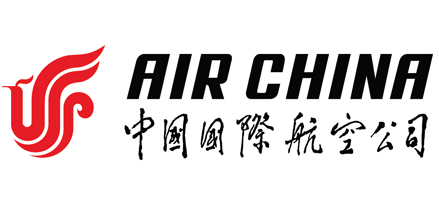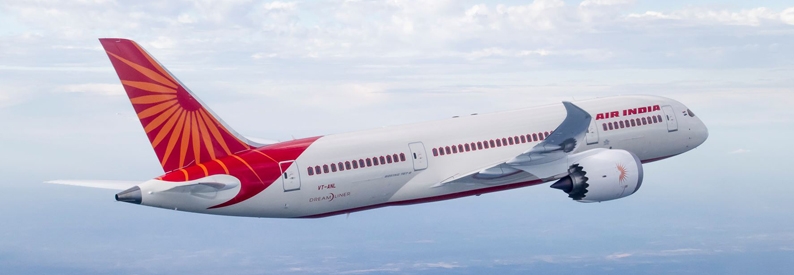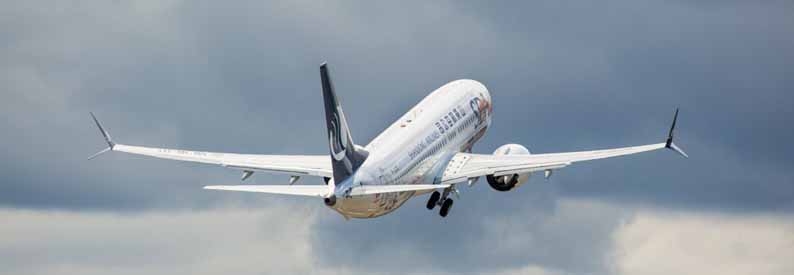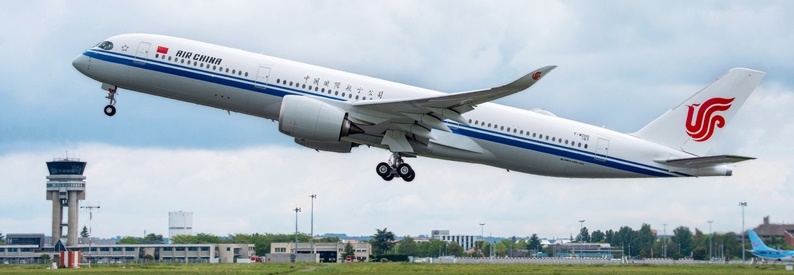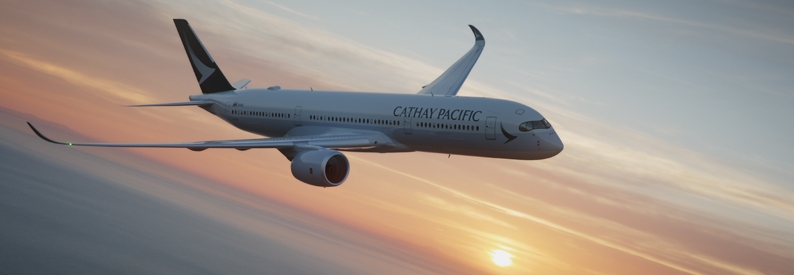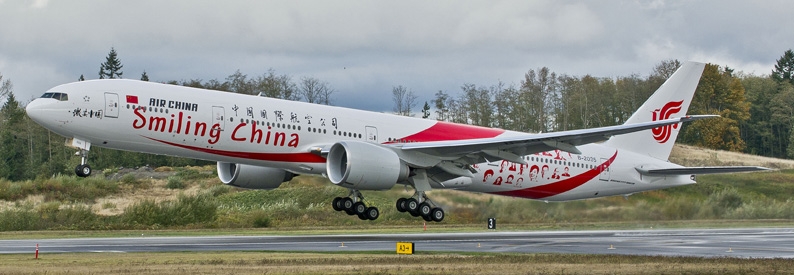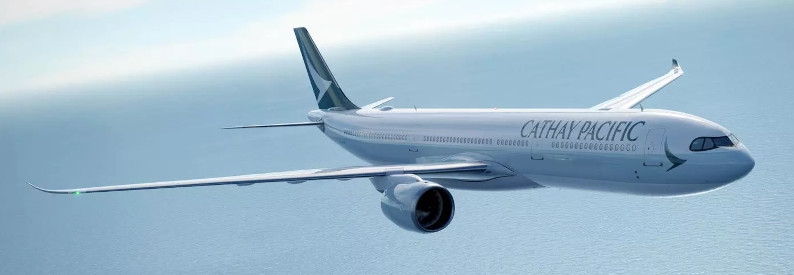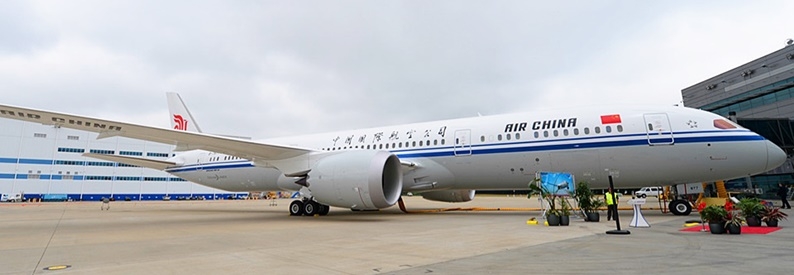Air China (CA, Beijing Capital) plans to raise up to CNY15 billion yuan (USD2.22 billion) in a private offering to fund the acquisition of 22 Airbus and COMAC aircraft, it said in a series of disclosures to the Shanghai Stock Exchange on August 3.
It will issue 4,357,444,555 A-shares to 35 designated investors including state-run controlling shareholder China National Aviation Holding, which currently holds a 53.46% stake in the carrier and is expected to buy CNY5.5 billion (USD815 million) worth of the new shares.
Of the total to be raised, CNY10.8 billion (USD1.6 billion) will be used to buy nine A350s, four A320neo, and nine ARJ21 regional jets, while the remaining CNY4.2 billion (USD620 million) will be used to replenish its working capital.
It did not specify the exact models of the aircraft being targeted, but according to the ch-aviation Commercial Aviation Aircraft Data module it already operates eighteen A350-900 with another twelve on order; forty-seven A320-200Ns with another ten to be delivered, and seven AC!C27s with another twenty-eight on order.
The move follows a similar announcement from China Eastern Airlines (MU, Shanghai Hongqiao) in May, which also said it would raise up to CNY15 billion in a non-public offering and use part of the proceeds to acquire 38 aircraft. On July 1, Airbus said it had secured a bulk order for 292 A320 Family jets from four Chinese carriers - Air China, China Eastern, China Southern Airlines (CZ, Guangzhou), and Shenzhen Airlines (ZH, Shenzhen).
The pandemic has hit Chinese airlines hard, and Air China admitted that its loss last year widened by 15.2% year-on-year to CNY166 billion (USD24.6 billion). Its asset-liability ratio has grown from 65.55% at the end of 2019, to 70.50% at the end of 2020, and 77.93% at the end of 2021. However, the purchase of aircraft through the funds raised in this non-public offering “is more conducive to the company’s control of the scale of its interest-bearing liabilities [and] to improving the company’s financial situation, optimising its capital structure, and enhancing its ability to resist risks,” it assured in one of the filings.
“The introduction and active operation of 22 aircraft can improve capacity, expand the transportation volume of major routes, and increase network revenue. The newly introduced aircraft will partially replace old aircraft, optimising the fleet structure and reducing fuel consumption and maintenance costs,” it added.
It continued that “in recent years the company’s aircraft delivery speed has slowed significantly. In 2019, 2020, and 2021, the number of aircraft Air China introduced was 48, 14, and 43 respectively; as of the end of 2021, Air China’s fleet had a total of 746 passenger aircraft (including business jets) with an average age of 8.23 years.”
But it concluded that “in the context of tight aircraft supply in the market from 2024 to 2026 and the continued withdrawal of existing aircraft, the company has made an early effort to meet the replacement needs of old aircraft and ensure a reasonable growth of the fleet in the next three to five years,” especially important as “the civil aviation market is expected to enter a stage of accelerated recovery.”
- Type
- Base
- Aircraft
- Destinations
- Routes
- Daily Flights
